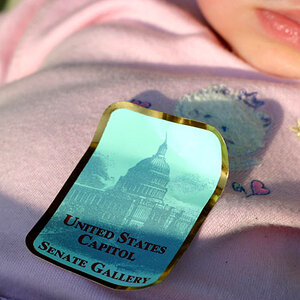Dmitri
No longer a newbie, moving up!
- Joined
- Jun 20, 2008
- Messages
- 5,882
- Reaction score
- 44
- Location
- End of the line
- Can others edit my Photos
- Photos NOT OK to edit
ok so after trying to read through many sites that explain the zone system, I think I have it figured out.
Tell me if I'm wrong.
The zone system is basically HDR with two exposures, one for shadows and one for highlights. Yes?
Tell me if I'm wrong.
The zone system is basically HDR with two exposures, one for shadows and one for highlights. Yes?


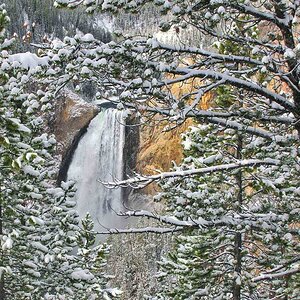
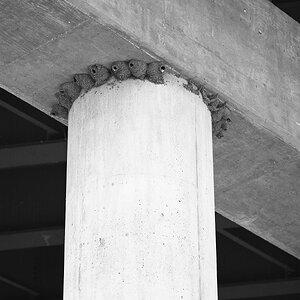
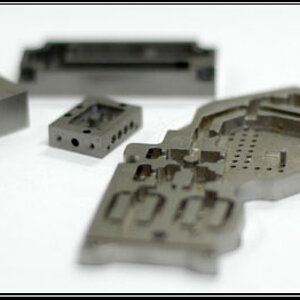


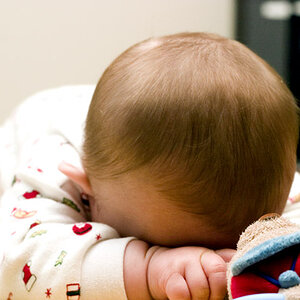

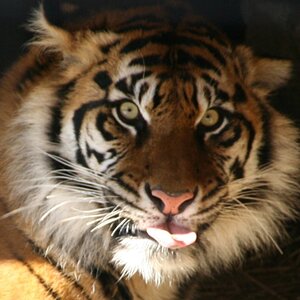
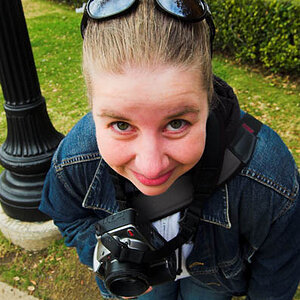
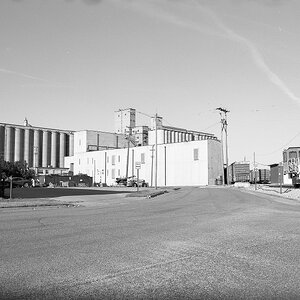
![[No title]](/data/xfmg/thumbnail/32/32929-22e23acc63d6ecb25e5ee941be87121f.jpg?1619735758)
